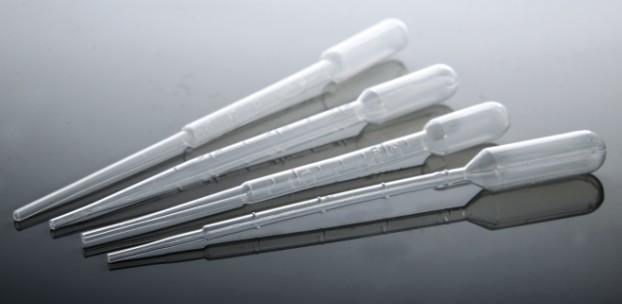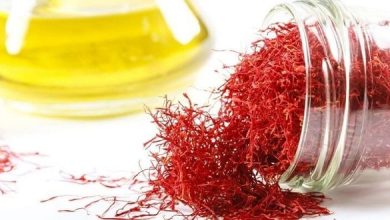What Pipettes Are Used in the Laboratory?

In laboratory contexts, a wide variety of pipette types are used to support a range of tasks. Different pipettes may be suited to different environments and requirements, making it important to understand the various types available.
By learning to identify what pipettes are used in a laboratory, you can plan to select the right items to support your needs, no matter what kind of project you’re working on. This can help you work more productively and effectively with higher-quality results.
So what pipettes are used in the laboratory? These are some of the main pipette types available for you to choose from.
Volumetric pipettes
Volumetric pipettes are designed to help with investigating chemical properties and analysing chemical reactions. These pipettes are often found in schools, universities, and professional laboratories.
Accurate and precise, volumetric pipettes can measure up to four significant figures and are available in various sizes to accommodate different tasks and project types. This makes them a versatile option.
Volumetric pipettes are often the preferred option in contexts where accuracy is key. These pipettes can measure the volume of a concentrated solution clearly and easily while helping you avoid skin contact with potentially hazardous chemicals.
Graduated pipettes
Graduated pipetted are slightly less accurate than their volumetric counterparts. However, they are still a common option with a wide variety of professional benefits that allow them to support various projects and applications.
There are two main types of graduated pipettes: Mohr graduated pipettes and serological graduated pipettes. These are also sometimes referred to as drain-out pipettes and blow-out pipettes. While maintaining a similar structure, these pipettes feature minor differences.
Mohr graduated pipettes are marked with a zero at the start of the conical end, which can help with improved measurement accuracy. Serological graduated pipettes do not have zero marks and are mostly used for serological tasks.
Micropipettes
Micropipettes are another common option. These pipettes are frequently used for advanced research and intricate projects that require highly accurate measurements or work with small amounts of liquid and chemicals.
Often used by scientists and technicians, micropipettes obtain incredibly accurate measurements, drawing small amounts of liquid and measuring in small units so that no generalisations need to be made.
Due to the accuracy focus of micropipettes, it is generally recommended that these pipettes are re-calibrated regularly, as often as two to four times per year.
Pasteur pipettes
Pasteur pipettes are made from glass with a bulb-shaped top resembling a liquid dropper. These pipettes have been in use for many years, but they are becoming less popular over time due to low accuracy results.
Generally, Pasteur pipettes are used for biology instead of chemistry to transfer solutions from one container to another. These pipettes are often disposable and suitable only for one-time use.
Pasteur pets are not calibrated or graduated, so they can’t provide the accurate results of their laboratory counterparts. While still suitable for some tasks, most scientists and technicians no longer prefer these pipettes.
Vacuum-assisted pipettes
Lastly, vacuum-assisted pipettes can be volumetric or graduated, with both options offering their unique benefits.
Graduated vacuum-assisted pipettes have graduation marks that allow for easy measurement. Volumetric vacuum-assisted pipettes measure only a single volume with a single graduation mark.
Vacuum-assisted pipettes are made from glass, borosilicate, or polystyrene. These pipettes require a suction device to achieve a vacuum effect for laboratory use.





